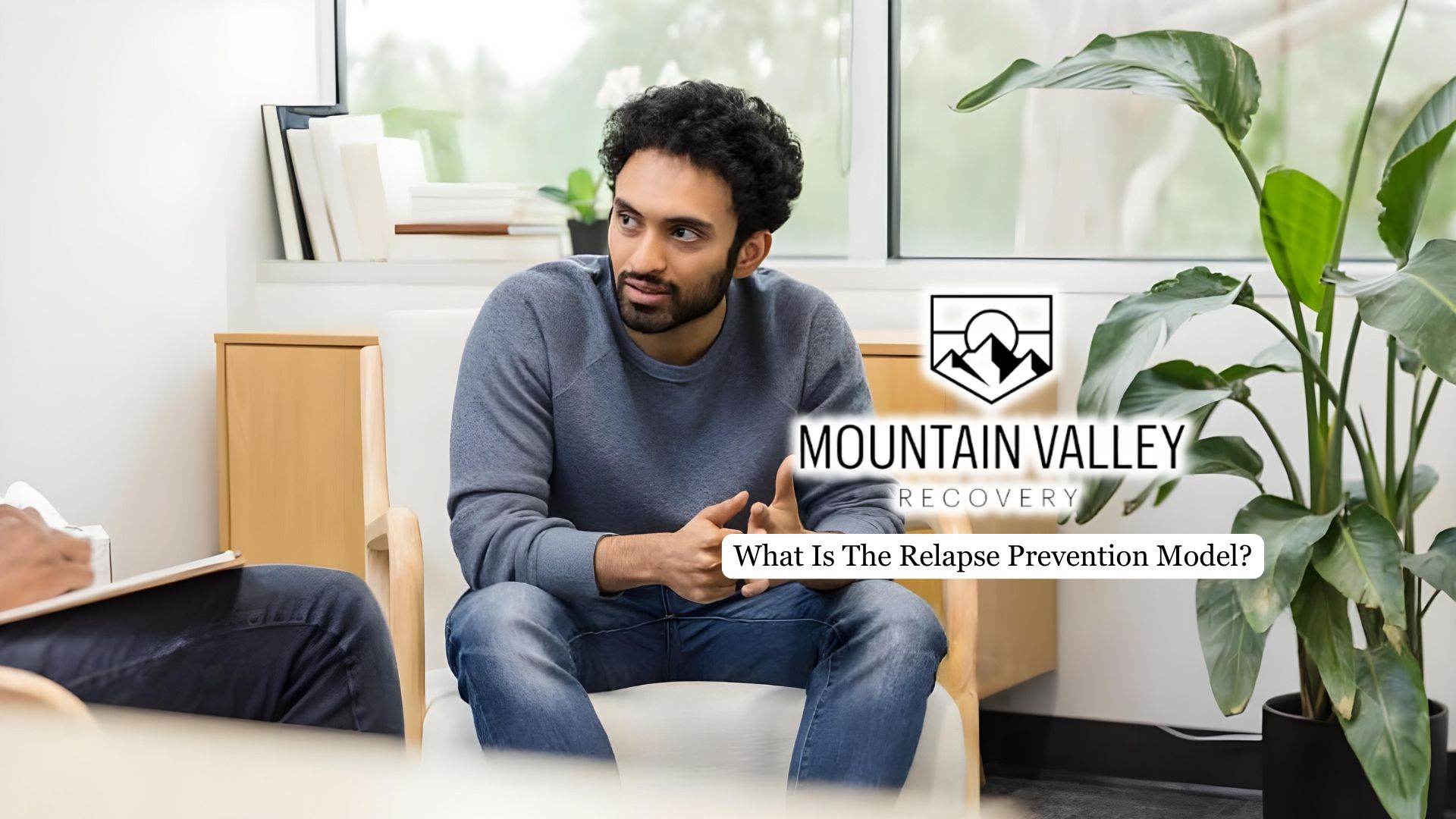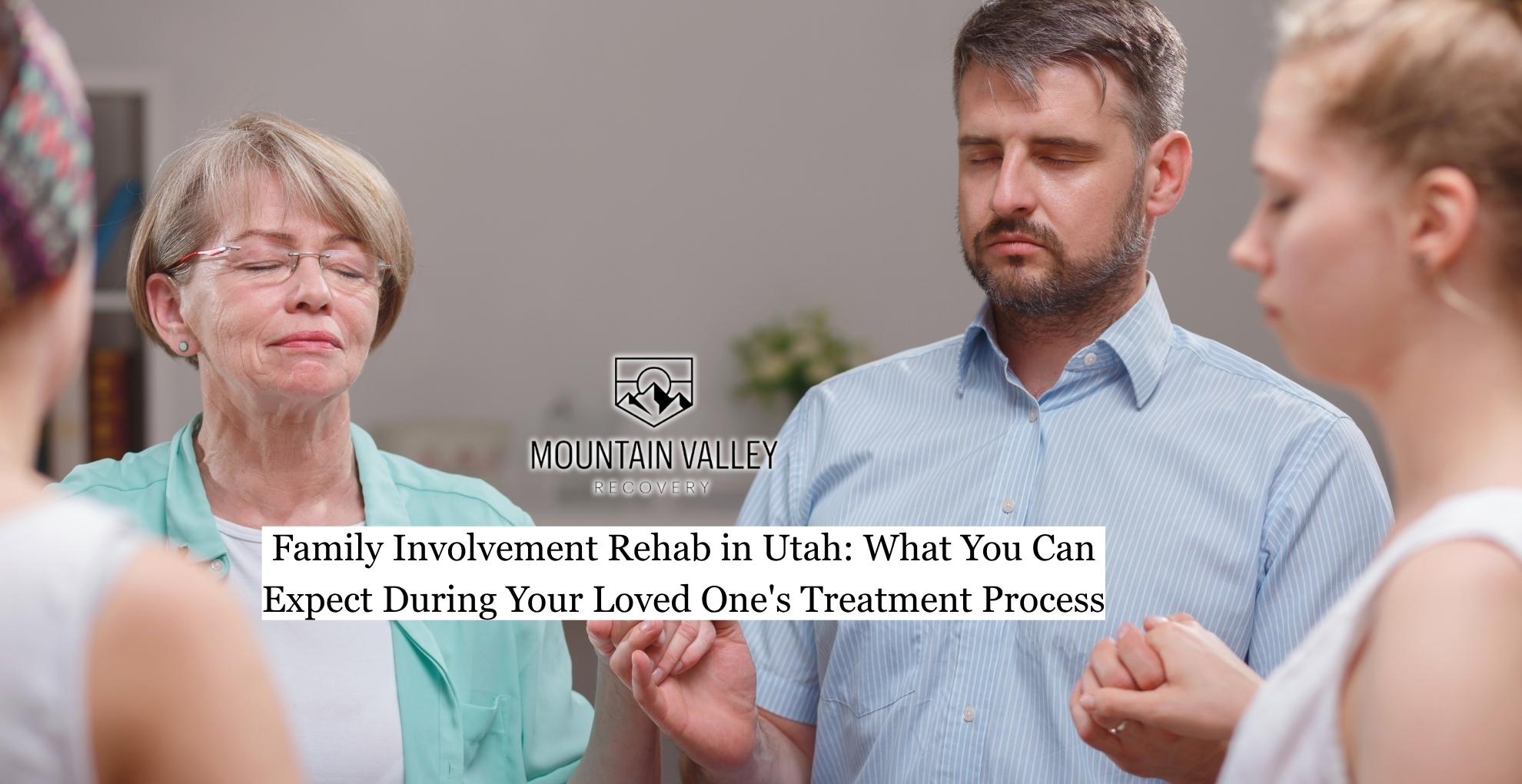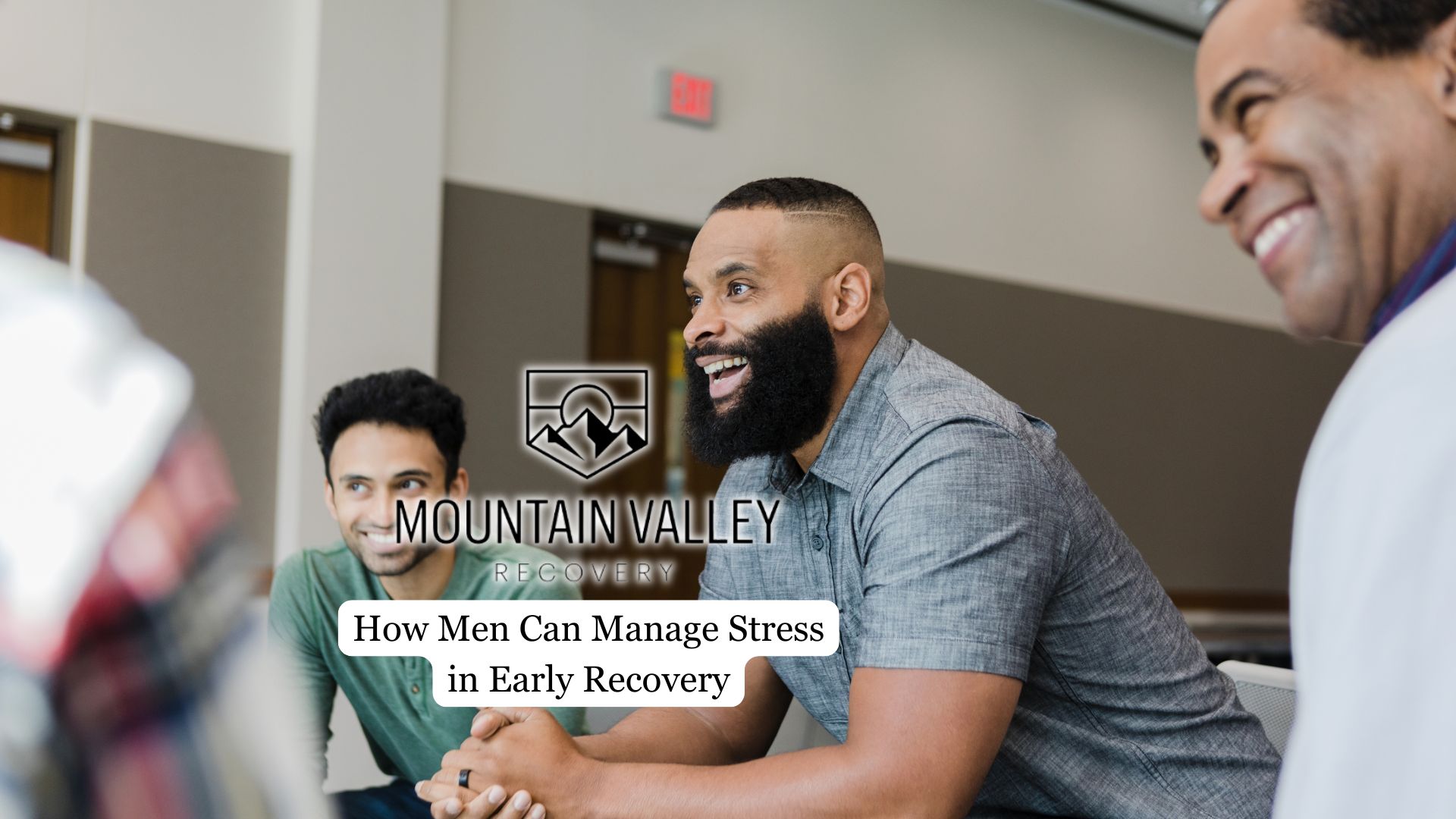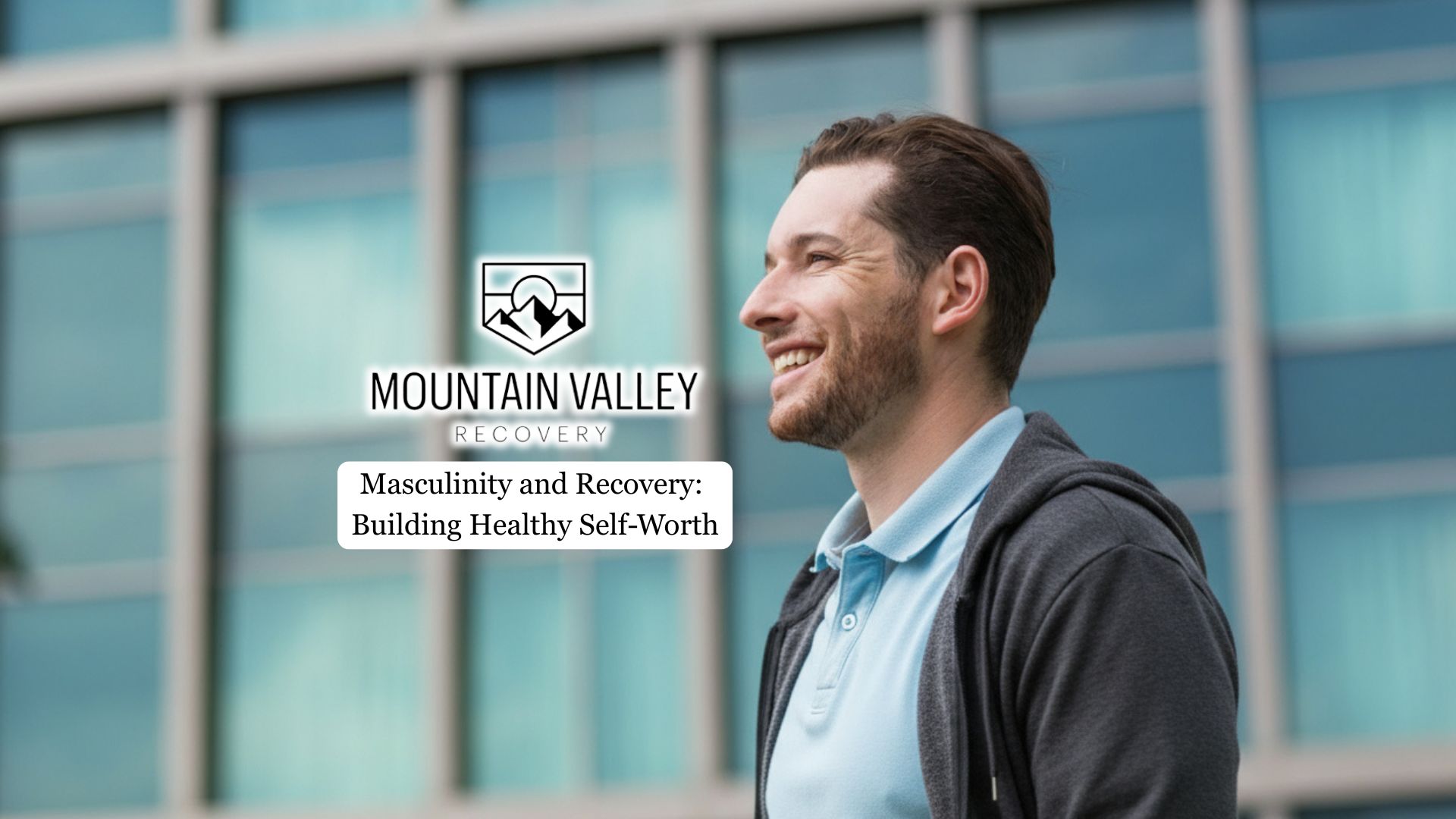Relapse is a common challenge faced by many individuals recovering from addiction. While setbacks can be discouraging, understanding and preparing for relapse is crucial to maintaining long-term sobriety.
This article explores the relapse prevention model, its origins, core concepts, and practical applications in addiction treatment.
Origins and Development of the Relapse Prevention Model
The relapse prevention model was developed in the 1980s by psychologists Alan Marlatt and Judith Gordon. Rooted in Cognitive Behavioral Therapy (CBT) and Social Cognitive Theory, this model revolutionized addiction treatment by framing relapse not as a failure but as a process that can be anticipated and managed. Instead of viewing relapse as a single event, the model emphasizes understanding the stages and factors that lead to it, empowering individuals to maintain control over their recovery journey.
Men who consistently struggle with substance abuse may benefit most from a men’s relapse prevention program. These specialized services offer targeted support and a deeper understanding of the unique challenges men face in achieving and maintaining sobriety.
Core Concepts of the Relapse Prevention Model
At the heart of the relapse prevention model is the idea that relapse unfolds through stages:
- Emotional relapse involves feelings like anger, anxiety, or isolation, often occurring before the individual consciously thinks about drinking or using drugs.
- Mental relapse is characterized by internal conflict, where the person debates whether to use substances again.
- Physical relapse occurs when the individual actually consumes alcohol or drugs.
The model identifies several key factors that influence relapse. Immediate determinants include high-risk situations, an individual’s coping skills, their expectations about the effects of alcohol or drugs, and the abstinence violation effect, where guilt and self-blame after a lapse can lead to a full relapse. In addition to these, covert antecedents such as chronic stress, poor self-care, and persistent cravings quietly increase a person’s vulnerability, often laying the groundwork for relapse before it becomes visible.
Self-efficacy—the belief in one’s ability to resist substance use—is central to relapse prevention. Positive outcome expectancies (expecting benefits from sobriety) and managing emotional states like boredom or depression also play crucial roles. Recognizing internal and external triggers, such as certain people, places, or feelings, helps individuals anticipate challenges before they arise.

High-Risk Situations and Their Impact
High-risk situations are circumstances or environments that increase the likelihood of relapse. Examples include social gatherings where alcohol is present, stressful workdays, or emotional distress like loneliness or anger. These situations can overwhelm an individual’s coping resources, making it harder to resist the urge to use.
Awareness of personal high-risk scenarios is vital. By identifying these triggers, a person can prepare strategies to manage or avoid them, reducing the chance of relapse.
Coping Skills and Strategies
Developing effective coping skills is a cornerstone of the relapse prevention model. These skills help individuals navigate high-risk situations without returning to substance use.
Behavioral strategies
These include avoiding risky environments, engaging in alternative activities, or removing oneself from tempting situations.
Cognitive strategies
Techniques such as positive self-talk, mindfulness meditation, and reframing negative thoughts empower individuals to manage cravings and emotional distress.
Motivation and commitment
Strengthening one’s resolve to maintain sobriety through goal-setting and recognizing personal reasons for recovery is essential.
Managing cravings involves recognizing urges early and employing techniques like distraction, relaxation, or reaching out to a support person.
The Relapse Prevention Plan
A relapse prevention plan is a personalized, structured approach designed to maintain recovery. Key components include:
- Identifying triggers and high-risk situations: Knowing what prompts urges allows for proactive management.
- Developing coping strategies: Tailored techniques to handle cravings and emotional challenges.
- Establishing a support system: Friends, family, therapists, and support groups provide accountability and encouragement.
- Action steps for lapses: Having a plan for what to do if a slip occurs helps prevent full relapse.
- Lifestyle changes: Incorporating healthy habits like regular exercise, balanced nutrition, and stress management supports overall well-being.
Regularly assessing and adjusting this plan ensures it remains effective as circumstances change.
Role of Professional Help and Support Groups
Relapse prevention is often integrated into broader addiction treatment programs. Therapies such as Cognitive Behavioral Therapy (CBT) and Mindfulness-Based Relapse Prevention (MBRP) teach skills aligned with the model. Support groups like Alcoholics Anonymous (AA) or SMART Recovery offer social support and shared experiences that reinforce sobriety.
Motivational interviewing techniques can also enhance readiness to change, helping individuals accept professional help and stay engaged in treatment.
Benefits and Effectiveness of the Relapse Prevention Model
Research supports the relapse prevention model’s effectiveness in reducing relapse rates and improving long-term recovery outcomes. By focusing on self-efficacy and coping skills, individuals feel empowered rather than helpless. The model normalizes relapse as part of the recovery process, reducing shame and stigma, which can otherwise hinder progress.

Overall, the relapse prevention model fosters sustained behavior change and improved quality of life.
Practical Tips for Applying the Relapse Prevention Model
- Identify your own high-risk situations: Reflect on times or feelings that increase your urge to use substances.
- Build and practice coping skills daily: Use mindfulness, positive self-talk, and healthy distractions.
- Develop a strong support network: Stay connected with friends, family, or support groups.
- Accept professional help: Engage with therapists or addiction specialists who can guide your recovery.
- Create and update your relapse prevention plan: Make it a living document that evolves with your needs.
Final Thoughts from Mountain Valley Recovery
The relapse prevention model offers a comprehensive, proactive approach to maintaining sobriety. With professional support and a solid plan, relapse prevention becomes an empowering tool that helps people sustain long-term recovery and improve their overall well-being.
At Mountain Valley Recovery in Utah, our program is thoughtfully designed to support long-term relapse prevention by helping men develop and strengthen essential coping skills. Surrounded by the serenity of our mountain setting, you’ll be free from everyday distractions, allowing you to focus fully on building a strong foundation for lasting sobriety.





